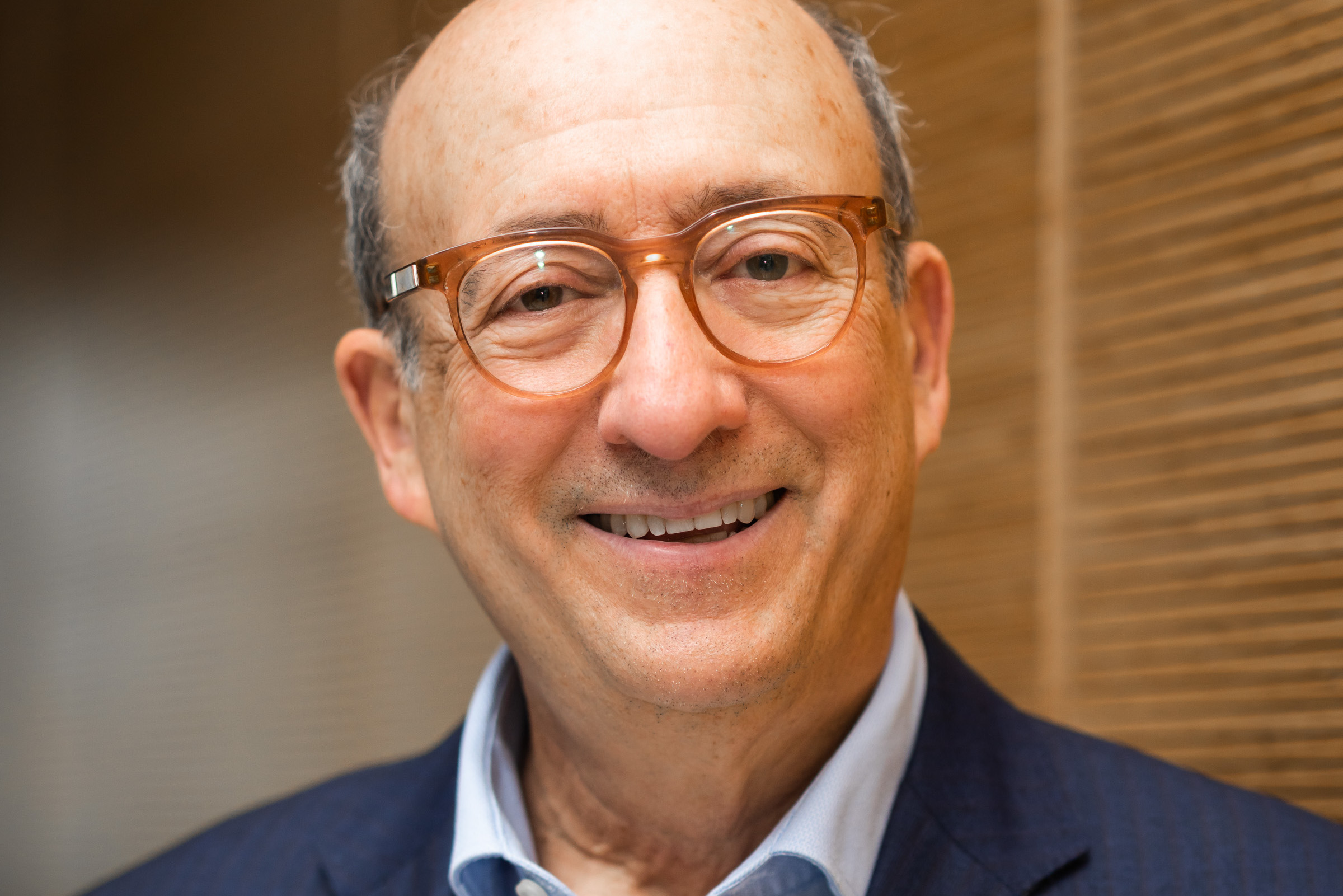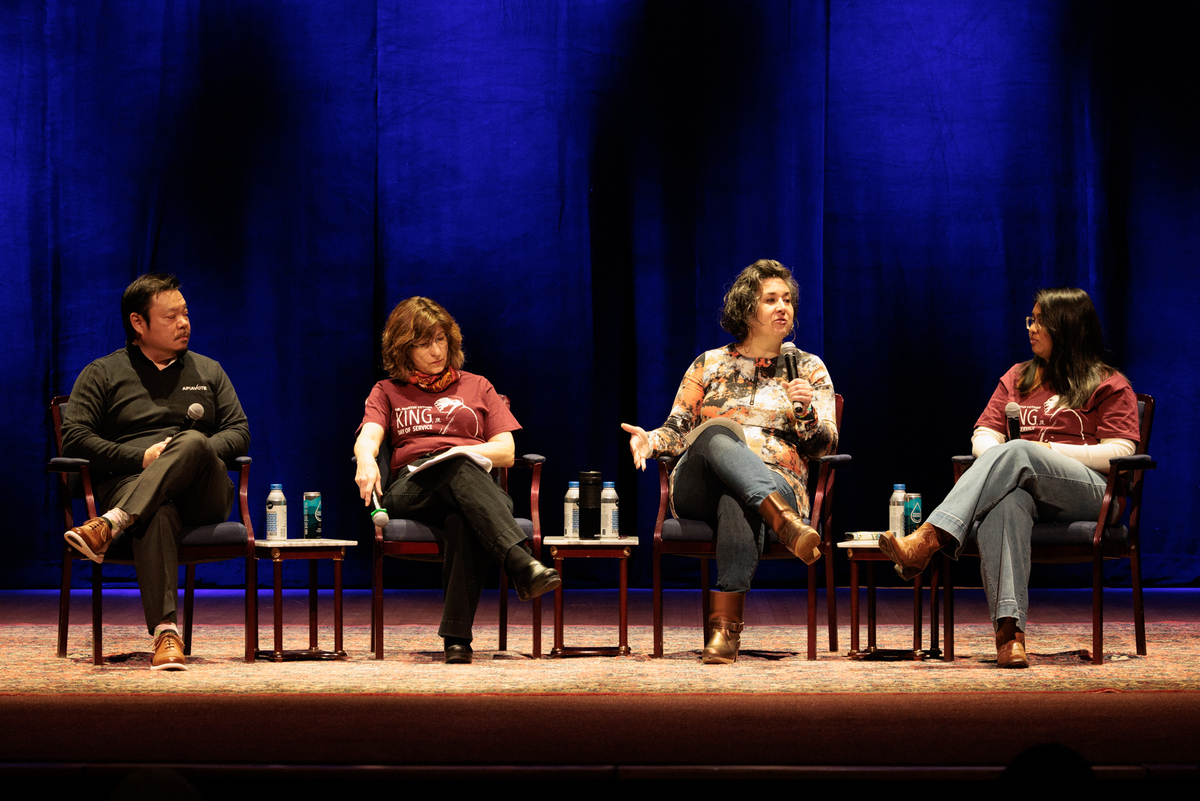Frontline workers in health care, food, transit and other essential systems in the United States faced unnecessary risks and disproportionate harm from the COVID-19 pandemic, according to a study published this week in The BMJ.
According to the analysis led by the George Washington University’s David Michaels, laws and regulations failed to protect frontline workers from the onset, allowing a rapid spread of disease in workplaces like meatpacking plants. At the same time, these workers were rarely considered a population in need of special attention or protection. The study, “U.S. workers during the COVID-19 pandemic: Uneven risks, protections and predictable consequences,” is the first in the journal’s series of articles on U.S. lessons learned during the pandemic.
“The consequences of these failures were appalling and led to tens of thousands of deaths in frontline workers,” said Michaels, an epidemiologist and professor of environmental and occupational health at the Milken Institute School of Public Health. “The risk of exposure was exacerbated by race- and labor-related economic inequality, resulting in disproportionally more of the nation’s Black and Hispanic workers being killed or sickened by the virus.”
Michaels also is the longest-serving administrator in the history of the Occupational Safety and Health Administration (OSHA), having served as assistant secretary of labor at the country’s top workplace safety regulator from 2009 to 2017. He spoke to GW Today about the study and where to go from here.
Q: Who are frontline workers, and what made them particularly vulnerable during COVID?
A: These are workers employed in the jobs required to keep the economy running and society functioning. They are the people taking care of our sick and elderly and institutionalized; the people working in the food system, doing everything from planting and harvesting crops to processing food to stocking the supermarkets; and of course, first responders and the people who run our public transportation system. Many of these workers were employed in locations where they couldn’t avoid contact with other human beings and were therefore at risk for illness. Often, the workers who were politically least powerful, particularly low-wage Black and Hispanic workers, were the ones who had to work in person and were at greatest risk. And because of their lack of voice, we didn't do enough to protect them.
Sometimes in my lectures I present a thought experiment. Imagine there was no Zoom, no teleworking, and the politically powerful and well-paid executives in finance and tech and all the other corporate leaders and attorneys in the country had to go into the office. Don’t you think there would be a much more vocal demand for better workplace protections?
Q: What policy choices were made—or not made—that increased these workers’ vulnerability?
A: A lot of the decisions that most impacted workers were made at the very beginning of the pandemic, before the vaccine was available. The Trump administration made the choice to prioritize the food system, for example, and was not willing to slow down and set up food production in ways that were safer for workers. As a result, some of the biggest outbreaks in the early pandemic were meatpacking plants. And the virus spread from there into homes, schools and communities, helping the pandemic snowball in strength. It wasn't inevitable that these workplaces would become centers of viral spread. But rather than insisting that employers better protect workers, a decision was made to ensure these industries could run at full speed. Later, the Biden administration issued an emergency temporary standard for health care workers, but those requirements didn’t apply to all [frontline] employers.
Another problem was that the Centers for Disease Control and other public health agencies didn't adequately focus on the airborne nature of the virus. These agencies encouraged individual masking, but didn't prioritize the use of respirators that are more effective than medical masks, or improving indoor air quality through ventilation and filtration.
Q: What actionable changes could be made going forward?
A: We need stronger and smarter regulations for airborne pathogens, the same way OSHA has standards for blood-borne pathogens like HIV and hepatitis B. Employers are responsible for ensuring that people are not exposed to blood-borne pathogens at work; now we need something that says they have to ensure that the air is clean and people are not exposed to airborne viruses.
We also need a rule telling employers they have to prepare for the next pandemic. One very successful initiative during the pandemic was providing subsidies for medical leave. If we can ensure that sick workers are able to stay home, they’re less likely to spread the virus. But we need to provide them financial support to make that possible, and that’s going to take legislation. The U.S. is one of only two countries in the Organisation for Economic Cooperation and Development (OECD) without a national universal paid sick leave policy. We need to change that.
We also need to focus on adequate ventilation, including changing local building codes. New buildings should be required to have far more effective ventilation and filtration systems, and as renovations occur, the HVAC systems in buildings should be upgraded. Finally, I'm hoping we don't forget what things were like and how dire the situation was in the early part of the epidemic, before vaccine availability. We don't want to repeat that, which is why we need to make these reforms.
Q: From your experience in the federal regulatory system, what challenges do regulators face when trying to make these protections stronger?
A: First, OSHA is very underfunded. Right now it only has enough inspectors to get to every workplace once every 190 years. But also, there's always distrust in the business community about OSHA standards. These rules are in fact usually pretty straightforward for businesses to meet, but there’s a visceral opposition to them among trade associations in Washington. There's no evidence these regulations kill jobs—they save lives!—but there’s always opposition.




